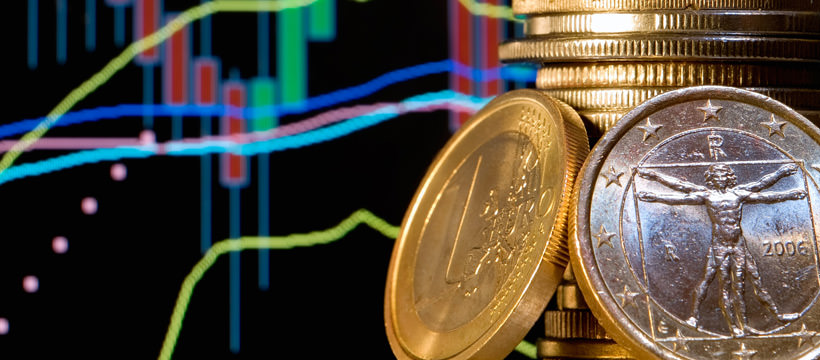Order Limits, Depth, and Volatility in Forex Trading

Order limits, depth, and volatility are three fundamental concepts for anyone who wants to engage in Forex Trading professionally. Here is their true meaning and how they can be used to make a profit.
Order limits. Better known by their English name "limit order", they are often confused with stop loss. Both, in fact, are nothing more than instructions given to the broker to close a position once the asset has reached a set price. The substantial difference is as follows: stop losses intervene in losing positions, while order limits intervene in winning positions. What is the need to close a winning position? Simply put, if the price has reached a resistance but has not exceeded it, then it is likely that the asset will enter a downward trend, eroding the profit gained up to that point. Hence the need to close the position even if, at least for that moment, it is profitable. Order Limits are also known as Take Profit.
Depth. Market depth, and in this case Forex depth, is nothing more than the liquidity present in the market. The euro-dollar market is deep, for example, when trading volumes are substantial and allow for smooth trading at all levels without significant problems. A shallow market with reduced liquidity is highly volatile because a large investment is enough to change prices (e.g., a position opened by a central bank). Furthermore, the deeper the market, the lower the spread, as the room for maneuver of market maker brokers is reduced. The most famous currency pairs almost always enjoy optimal depth. Exotic pairs, on the other hand, often suffer from rather low depth.
Volatility. The concept of volatility is simple to explain but not as simple to measure. Volatility is defined as the tendency of an asset to undergo significant and frequent price variations within a set and generally short time frame. Now, it is difficult to put a face to volatility. This is also because some assets are physiologically more volatile than others, so a frequent and significant price variation may not mean anything from a strategic point of view. The only way to understand if an asset is in a period of volatility is to compare its performance with historical series. In this regard, some volatility indices have been developed, which traders can refer to whenever they feel the need.



